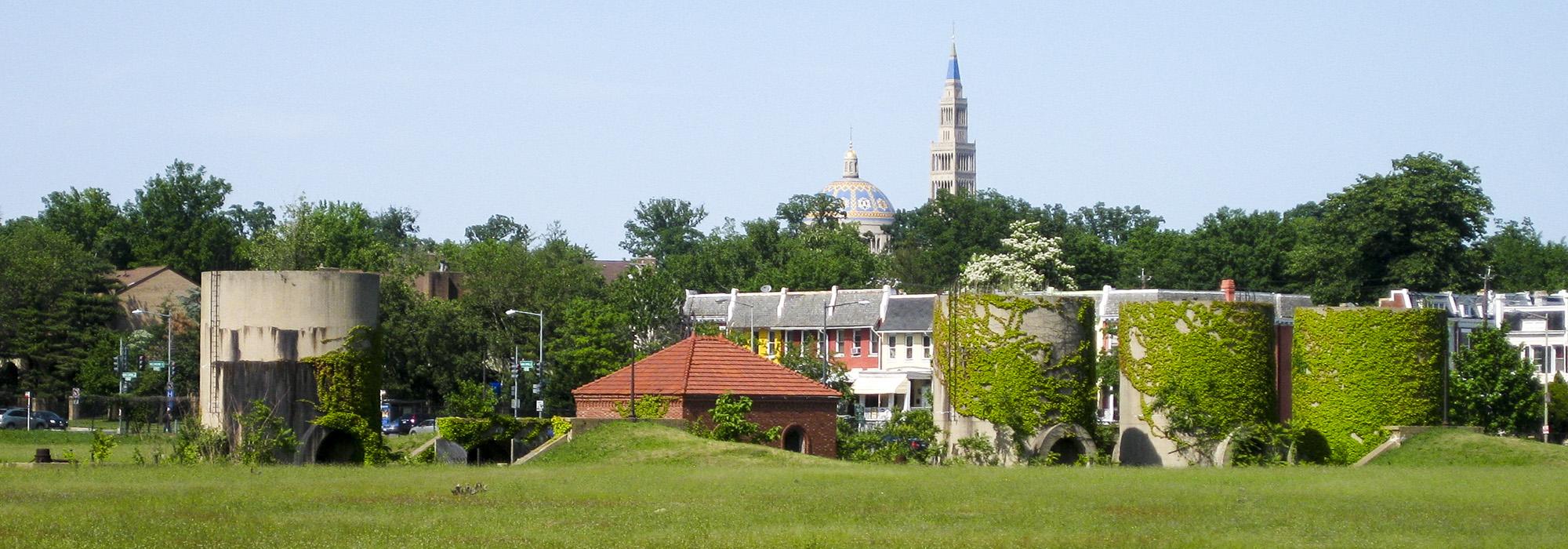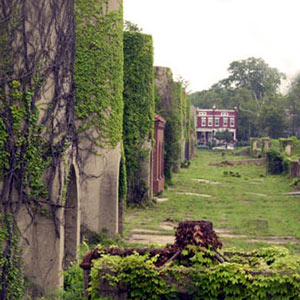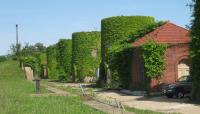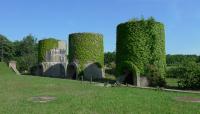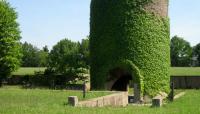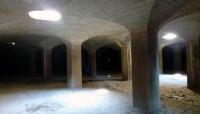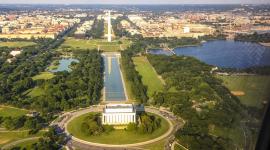Landscape Information
Designed in 1905, the McMillan Reservoir Sand Filtration Site was an innovative and beautiful solution to the need for clean drinking water in the city. The 25-acre site included a variety of above and below grade technical apparatus, sand bins and filtration beds which cleaned the water that was stored in the nearby reservoir. The space also operated as a public park, designed to be used for passive recreation in the middle of the city.
The site was named in 1906 in honor of Senator James McMillan for his service as chairman of the Senate Commission on the Improvement of the Park System and his instrumental role in shaping the city through what is now known as the McMillan Plan. The project was a collaboration among some of the nation’s most well known designers and engineers, including engineer Allen Hazen, planner and landscape architect Frederick Law Olmsted, Jr., sculptor Herbert Adams, and architect Charles Platt.
The facility actively filtered water and provided leisure space for D.C. citizens until 1986 when it was closed. After its decommissioning the site was split into two parts, with the reservoir kept as Federal land and McMillan Park, the sand filtration site, given to the District of Columbia. Beginning in 2007, various plans for the largely inaccessible park have been proposed, including, most recently, a 25-acre, mixed-use neighborhood that would integrate some of the existing filtration silos. McMillan Park was added to the National Register of Historic Places as a contributing feature within the McMillan Park Reservoir Historic District in 2013.



